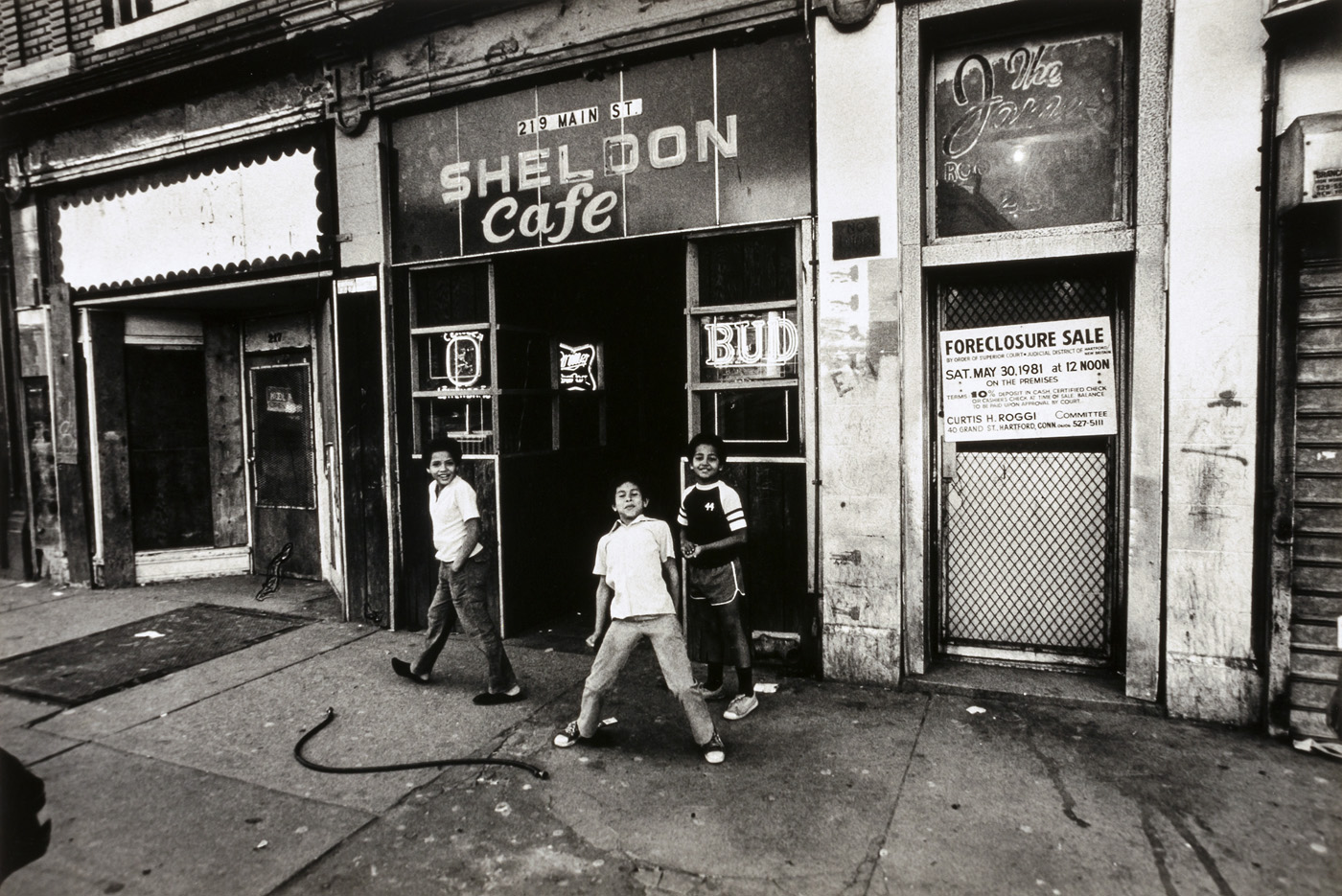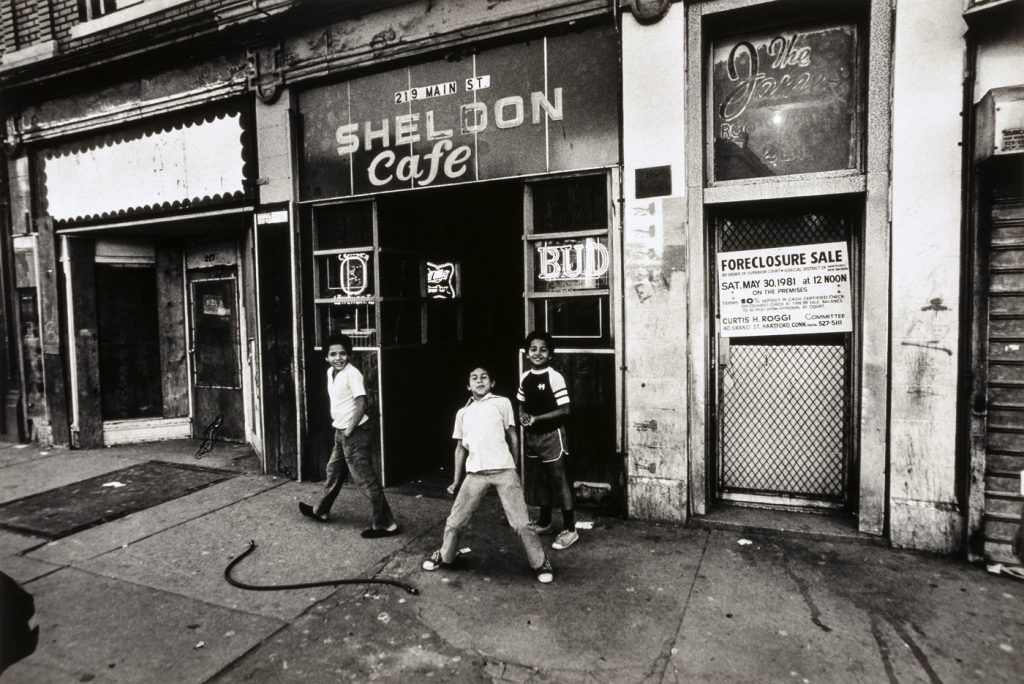Cultural institutions throughout the country have closed to help prevent the spread of the coronavirus—a move that, while necessary, will undeniably have detrimental effects on the arts everywhere. Still, some organizations have found ways to bring their offerings to the public through digital innovation. A number of museums and galleries are using the Google Arts & Culture platform to host exhibitions and virtual tours and several of the featured shows are incisive, thoughtful examinations of Latino identity and Latin American arts.
In addition to digital exhibitions like “Faces of Frida,” there are virtual reality tours of places such as The Mexican Museum and deep-dives into figures such as Brazilian fashion designerAlceu Penna. There’s a ton to discover and we found a number of exhibitions you can dive into right now, from home. With subject matter that includes everything from the career of labor rights leader Dolores Huerta to the history of New York City’s Ballet Hispánico and more, here are some of our favorites:
José Bedia and Belkis Ayón
This Museum of Latin American Art exhibition highlights José Bedia and Belkis Ayón, two artists whose work explores the history and stories embedded in Afro-Cuban spiritual practices and religious traditions. Before she passed away in 1999, Ayón was known for using printing techniques like collography to study the mythology of the Abakuá, an all-male, Afro-Cuban secret society. Bedia continues to focus on the Amerindian and Afro-Cuban religions of Santería and Palo Monte.
Voces Oral History Project
University Of Texas Journalism Professor Maggie Rivas-Rodriguez created “Voces” in 1999 to document the ways in which Latinos contributed to the country during World War II, the Korean War, and the Vietnam War. Original audio clips from interviews with veterans are interspersed throughout the digital exhibition, adding an additional and poignant layer to their stories.
The Anonymous Farm Workers
Hundreds of thousands of people gather in the Coachella Valley for one of music’s biggest annual events, but many often overlook the rural Latino populations living in the region. Back in 2014, the Coachella Walls project launched in order to raise awareness of “the anonymous farmworker” and illustrate the conditions so many visitors ignore when they attend the festival. This project takes on new meaning after Coachella’s postponement this year, something that could wreak economic havoc on the locals who depend on Coachella for income.
José Bedia and Belkis Ayón
This exhibition from the Museum of Latin American Art highlights José Bedia and Belkis Ayón, two artists whose work explores the history and stories embedded in Afro-Cuban spiritual practices and religious traditions. Before she passed away in 1999, Ayón was known for using printing techniques like collograph to study the mythology of the Abakuá, an all-male, Afro-Cuban secret society. Bedia continues to focus on the Amerindian and Afro-Cuban religions of Santería and Palo Monte.
One Life, Dolores Huerta
This exhibition debuted back in 2015 and it took visitors at the Smithsonian National Portrait Gallery through the career of Dolores Huerta, the Latina organizer who fought for California farm workers in the 1960s and 1970s. The gallery has brought the exhibition back online so viewers at home can learn about the history of the United Farm Workers and Huerta’s role advocating for Latino labor rights.
Beauty and Struggle: Latino Photographers Document Urban America
Photographers such as Manuel Acevedo, Perla de Leon, Winston Vargas, and Camilo José Vergara captured scenes from different urban communities between the 1950s and the 1980s, reflecting the ways in which Latinos shaped their communities. The photos are a step back in time to places such as El Paso, New York, and San Francisco. This digital exhibit from the Smithsonian American Art Museum captures the beauty of small, everyday moments.




